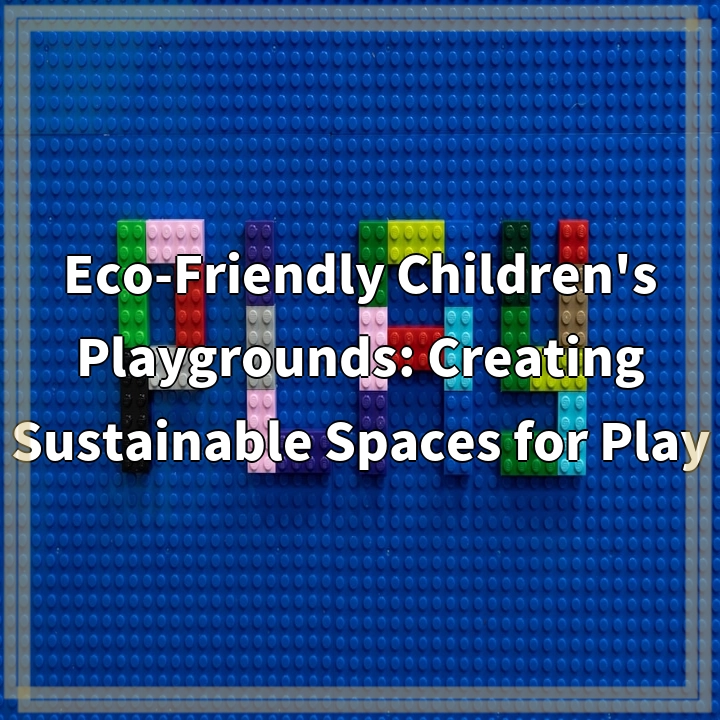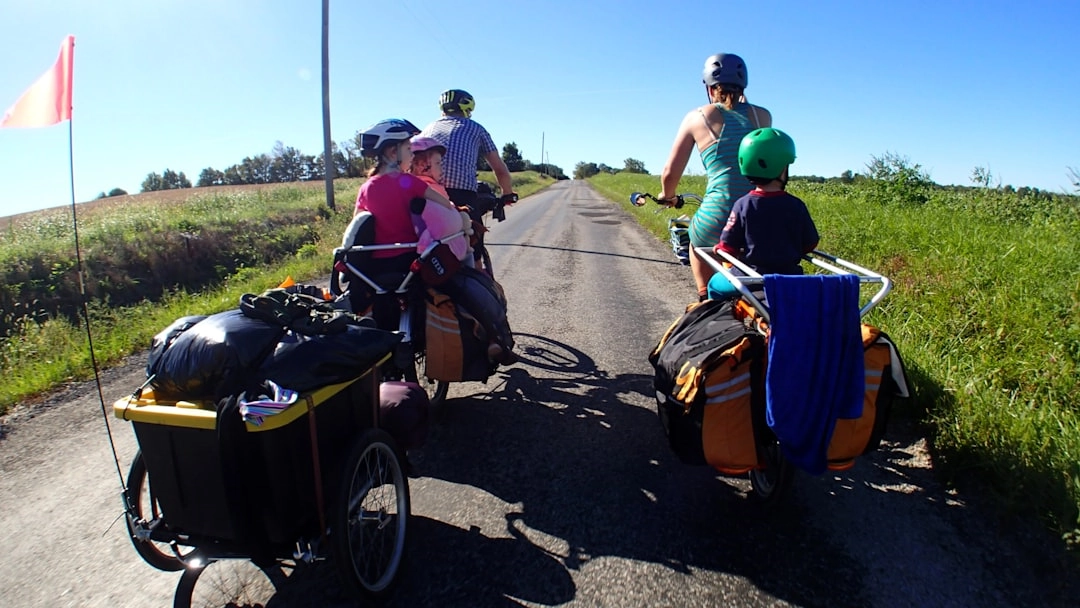
What it is:
Eco-friendly children’s playgrounds are designed with sustainability in mind, focusing on using renewable materials, minimizing environmental impact, and promoting a healthier play environment for children. These playgrounds often incorporate natural elements, such as wood, stone, and native plants, rather than relying on conventional plastic and metal structures. By prioritizing eco-friendliness, these playgrounds aim to create safe, engaging spaces that foster children’s physical activity, creativity, and connection with nature.
Real-World Problems
Despite the increasing awareness and commitment to building eco-friendly children’s playgrounds, several real-world problems persist that hinder their development and acceptance. One major challenge is the higher initial cost associated with sustainable materials and designs. While eco-friendly solutions often save money in the long run through reduced maintenance and environmental benefits, the upfront investment can be a barrier for schools and communities with limited budgets.
Limited Awareness and Understanding
Another significant issue is limited awareness and understanding of the benefits of eco-friendly playgrounds among parents, educators, and community leaders. Many may be unfamiliar with sustainable play space designs or the potential positive impacts on children’s health and well-being. This lack of knowledge can lead to resistance to change or a preference for traditional playgrounds that may not meet eco-friendly criteria.
Regulatory Challenges
Regulatory hurdles can also present difficulties in implementing eco-friendly playground designs. Building codes, safety regulations, and accessibility standards may not always align with innovative or sustainable practices. Navigating these regulations can be time-consuming and may require additional resources, further complicating the development process.
Community Engagement
Finally, engaging the community in the planning and design process is crucial for the success of eco-friendly playgrounds. Without active involvement and input from local residents, there is a risk that the final design may not meet their needs or preferences. Encouraging community participation can help build support for sustainable playgrounds and ensure that they are well-loved and well-used by children and families.

Solutions to Promote Eco-Friendly Children’s Playgrounds
Addressing the challenges associated with eco-friendly children’s playgrounds requires a multifaceted approach. By implementing several solutions, communities can transition toward sustainable play spaces that benefit children and the environment alike.
1. Funding and Financial Support
To counteract the higher initial costs of sustainable materials, communities can explore various funding sources. Grants, sponsorships from local businesses, and fundraising initiatives can provide the necessary financial support for eco-friendly playground projects. Additionally, educating stakeholders about the long-term cost savings associated with sustainable designs can help garner financial backing.
2. Education and Awareness Campaigns
Increasing awareness about the benefits of eco-friendly playgrounds is essential. Hosting workshops, informational sessions, and community events can help parents, educators, and community leaders understand the importance of sustainable play spaces. Sharing success stories and case studies can inspire communities to consider eco-friendly solutions for their playgrounds.
3. Navigating Regulations
Collaboration with local regulatory bodies can help streamline the process of implementing eco-friendly designs. Engaging architects and planners who specialize in sustainable playground design can ensure that new projects comply with safety standards and building codes while promoting innovative solutions. This cooperative approach can lead to a smoother approval process and encourage more communities to embrace eco-friendly practices.
4. Community Involvement
Engaging the community in the design process fosters a sense of ownership and support for eco-friendly playgrounds. Organizing community meetings, surveys, and design charrettes can encourage input from residents, ensuring that the final design reflects their preferences and needs. This participatory approach can result in playgrounds that are well-received and frequently used by local families.















